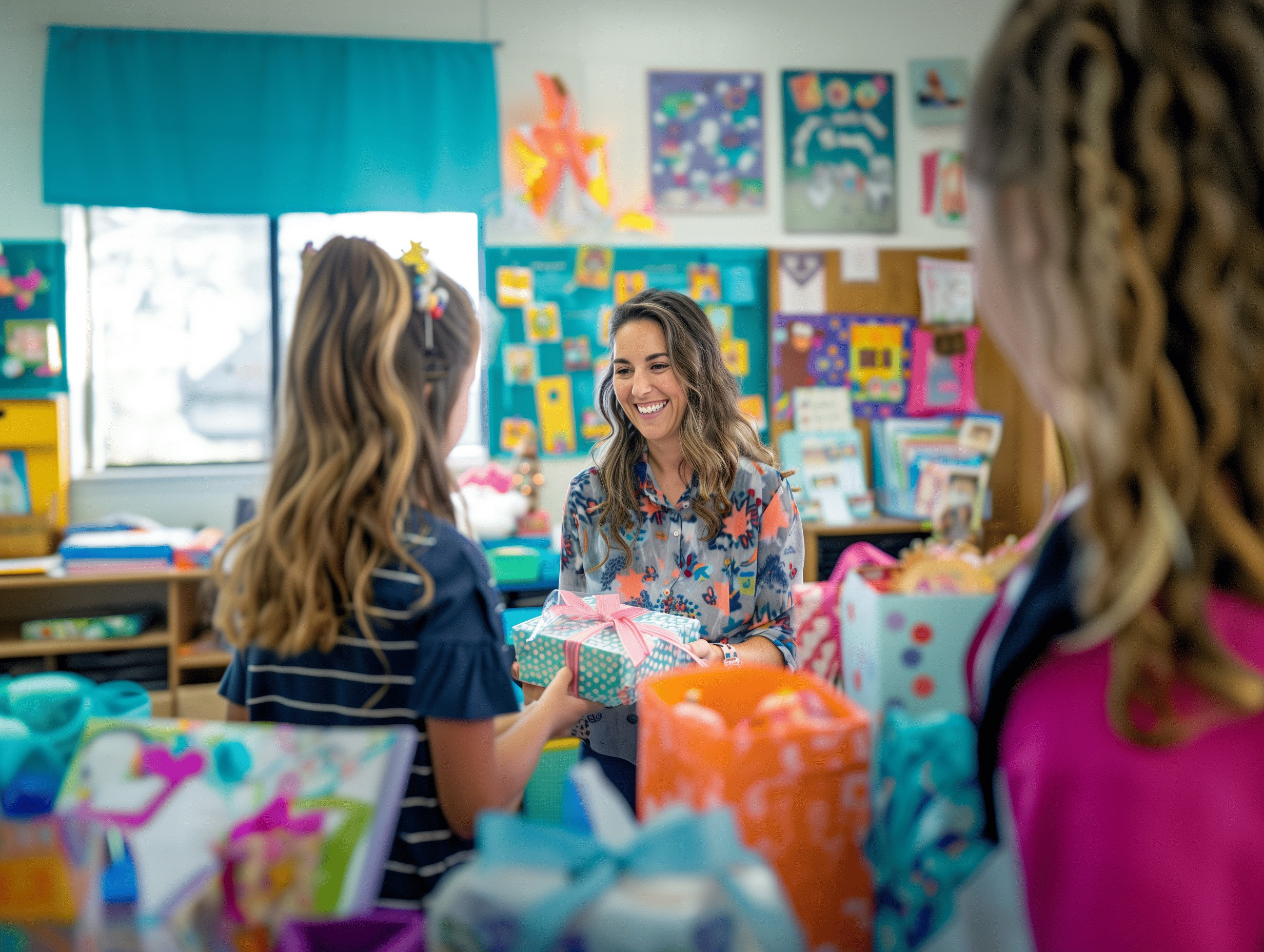(Sample Handout Set)
Dr. David Sousa is an international educational consultant, popular speaker, and author of How the Brain Learns: A Classroom Teacher's Guide. A former school superintendent, he has conducted hundreds of workshops on brain research, instructional skills, supervision, and science education at the elementary, secondary, and university levels. He has served as consultant to the New Jersey Department of Education as well as to regional and local school districts across the country, Canada, and in Europe.
Questions for Thought:
- What is the difference between bringing closure to a lesson and reviewing a lesson?
- What is the difference between a concept making sense and a concept being meaningful?
- What does it take for new information to become personally meaningful?
Content Outline:
I. New Brain Research
- A. An Explosion of Brain Research
- B. Some BR Has Implications for Education
- 1. Curriculum
- 2. Instruction
- 3. Assessment
II. Implications for Instruction: The LearningModel
- A. Senses
- 1. Most people have Sensory Preferences
- a. K-12 Population
- 1/2 Visual
- 1/3 Kinesthetic
- 1/5 auditory
- b. Implications
- Use color
- Up & moving
- Talking about learning
- a. K-12 Population
- 2. Brain filters incoming information
- a. Survival and emotional data have high priority.
- b. Implications
- physical safety
- emotional safety
- adding positive emotional component aids memory
- 1. Most people have Sensory Preferences
- B. Perceptual Register
- Past experience determines whether information enters the system
- C. Short-Term Memory
- D. Working Memory
- 1. Capacity
- a. 5-13 yrs.: 5 +/- 2 chunks
- b. 14+: 7 +/- 2 chunks
- c. Implicaion: plan for capacity limits
- 2. Time Limit
- a. 5-13 yrs: 5-10 mins.
- b. 14+: 10-20 mins.
- c. Can be extended through motivation
- d. Implications: plan for time limits
- 1. Capacity
- E. Sense and Meaning
- 1. Necessary for Retention
- 2. Sense = understandable
- 3. Meaning = relevant
- 4. Implication: work harder at meaning (future use)
- a. Closure aids sense and meaning (Different from Review)
- b. Use Rehearsal for Sense
- Think, Pair, Share for Meaning
- F. Long-Term Storage
- 1. Capacity is Unlimited
- 2. Time Limit = Lifetime
- 3. Forgetting = Losing the Pathway
III. Other Implications of Brain Research:Timing (Also Crucial to Retention)
- A. Teacher Wait Time
- B. Primacy-Recency Effect
- Implications
- 1. Teach new material first
- 2. Students should be doing work during down time.
- 3. Closure activity at end
- Implications
- C. Ratio of Prime-Time to Down-Time
- Implications
- 1. Shorter is better (approx. 20 mins.)
- 2. In block schedule, teacher leads 1 or 2 segments; rest are student led.
- 3. Going off-task between segments often increases student focus.
- Implications
Model by David A. SousaSource: Sousa, David (1998). Learning Manual for How the BrainLearns. Thousand Oaks, CA: Corwin Press. Used by permission.
Sense and Meaning
| Yes | | |
| Meaning Present? | ||
| | | |
| No | ||
| No | Yes | |
| | ||
Source: Sousa, David (1995). How the Brain Learns. Reston,VA: National Association of Secondary School Principals. Usedby permission.
Primacy-Recency Effect
| Prime-time-1 | Learn BEST-The FIRST |
| Down-Time | Learn LEAST-Just Past the MIDDLE |
| Prime-time-2 | Learn NEXT Best-The LAST |
The effect begins as soon as soon as the brain focuses on thelearning situation. Therefore, not only what but when the teacherpresents information or a skill can be a major factor in determininghow much students remember. Timing, therefore, is very important.
The "Windows of Opportunity" Research
This research examines how the young brain grows and learns.A newborn's brain makes connections at an incredible pace as thechild absorbs its environment. The richer the environment, thegreater the number of interconnections that are made, and learningtakes place faster and with greater meaning. As the child grows,connections that the brin finds useful become permanent, and thosenot useful are eliminated. The brin is selectively strengtheningand pruning connections based on experience. This process continuesthroughout our lives but seems to be most pronounced between theages of 2 and 11, as windows in different development areas openand close.
These windows represent critical periods when the brain demandscertain types of input to create or consolidate neural networks.The window for developing emotional control, for example, seemsto be from 2 to 30 months. Certainly, one can learn to controlemotions after that age. But what the child learned during thatwindow period will be difficult to change and will strongly influencewhat is learned after the window closes. The window for acquiringa second language with the same fluence as the child's nativetongue closes around the age of 10 or 11.
This research suggests that an enriched home and preschoolenvironment, especially during the early years, can help childrenbuild neural connections and make full use of their mental abilities.



